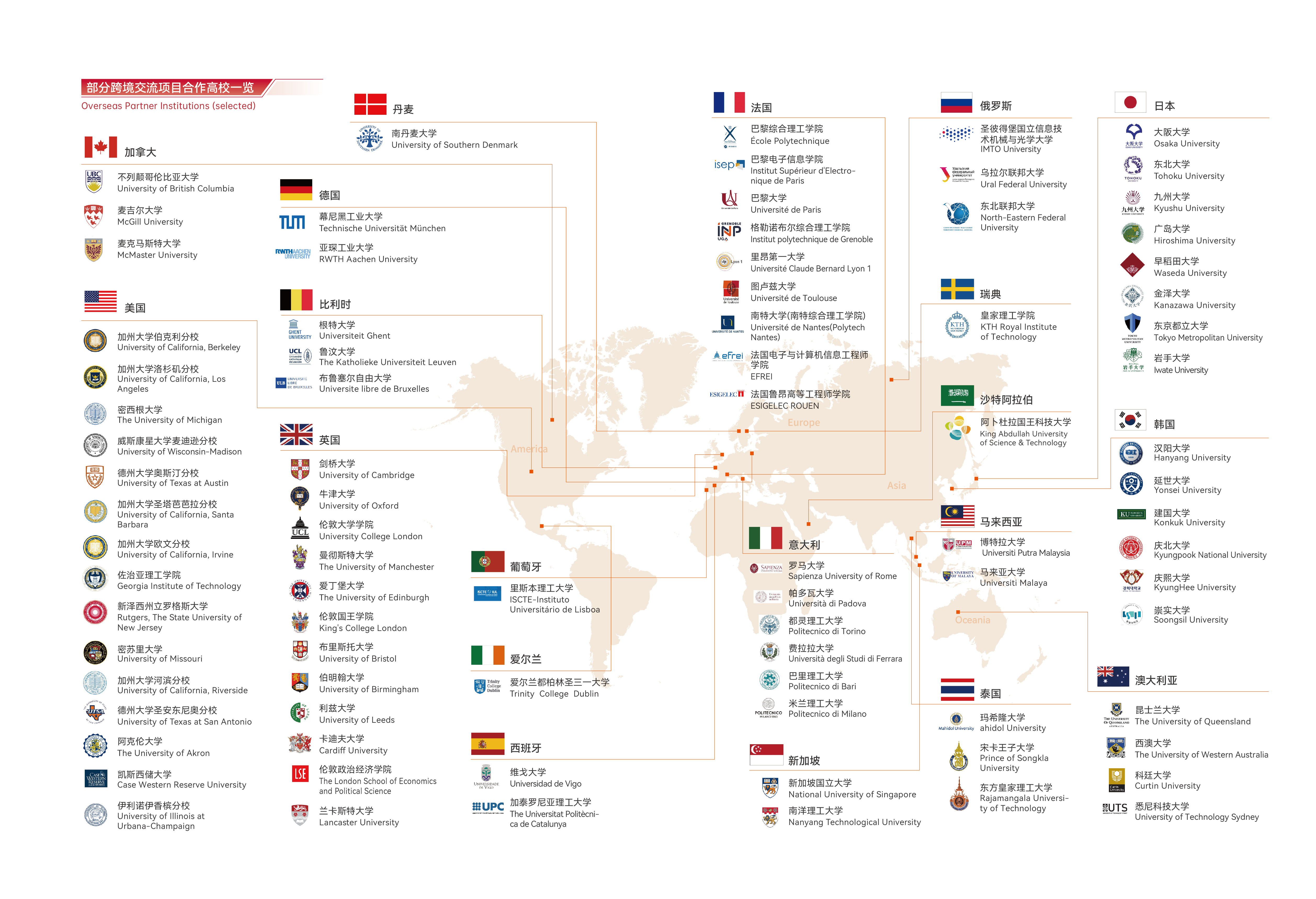Overview
As the third campus of SCUT, the Guangzhou International Campus (GZIC) was established in 2017 through a collaborative agreement between the Ministry of Education, Guangdong Provincial Government, Guangzhou Municipal Government, and SCUT. Strategically located in the core of Guangzhou International Innovation Town, Panyu District, GZIC serves as a national-level pilot for international education reform in the Guangdong-Hong Kong-Macau Greater Bay Area, embodying SCUT’s vision to blend global excellence with local impact.
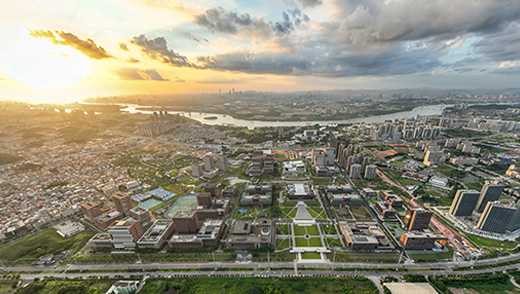
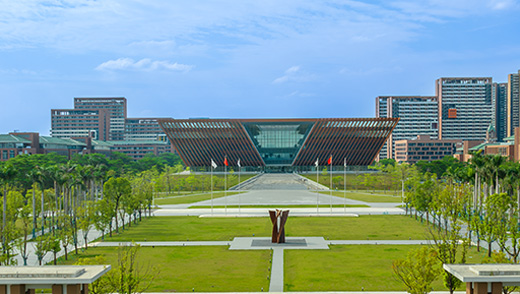
Mission and Vision
GZIC’s mission is anchored in long-term academic excellence and societal contribution:

Short-term goal (by 2030):
All disciplines on campus will be ranked among the world’s top-tier.

Long-term goal (by 2050):
All disciplines will achieve global leadership, solidifying GZIC’s position as a world-class research and education hub.

Its overarching vision is twofold:
To become a world-leading research-intensive campus driving science and technology for Guangdong, national innovation, and global prosperity.
To serve as an 'intelligence valley' for cultivating high-level innovators, conducting cutting-edge research, attracting global academic leaders, promoting international collaborative education, and facilitating the commercialization of research outcomes.
Internationalization at Home
GZIC pioneered an innovative "Internationalization at Home" model, integrating global excellence with local accessibility through two key pillars:
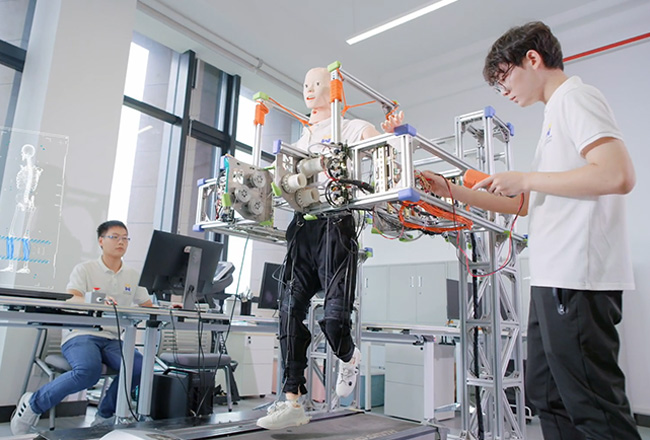
Local Access to Global Education:
By collaborating with world-leading universities, GZIC brings top-tier academic resources, teaching methodologies, and faculty to its campus. This allows students to benefit from international-standard education without studying abroad, fostering a globally immersive learning environment.
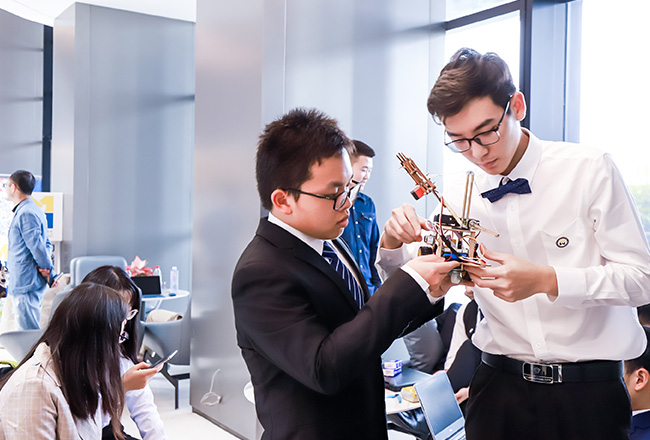
Global Engagement & Partnership:
Complementing local resources, GZIC offers diverse international opportunities, including degree programs, credit courses, overseas internships, and summer programs at renowned global universities. These initiatives cultivate students’ global perspectives, creativity, and cross-cultural competence, preparing them to thrive in an interconnected world.
Selected Overseas Partners
Academic Ecosystem
By leveraging its strategic location in the Guangdong-Hong Kong-Macau Greater Bay Area and SCUT’s century-old academic heritage, GZIC is poised to become a world-leading hub for education, research, and innovation—dedicated to advancing science, nurturing global talent, and driving prosperity for both China and the world. At present, GZIC has made significant strides in building a robust academic ecosystem:
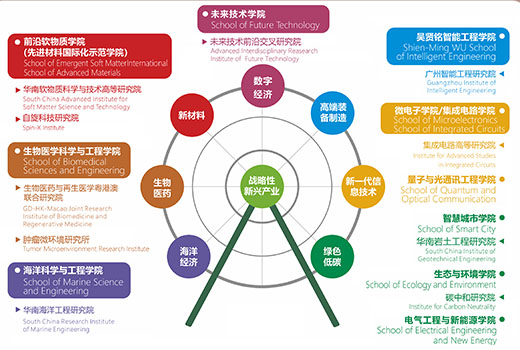
Academic Structure:
Planned to house 10 schools focusing on cutting-edge engineering disciplines and multiple high-caliber research institutes, GZIC currently has 7 schools and 4 research institutes in operation, laying a solid foundation for interdisciplinary innovation.
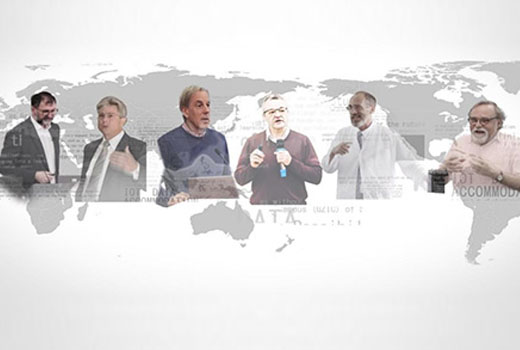
Global Talent and Resources:
By partnering with top global universities (ranked among the world’s top 100 or with disciplines in the world’s top 50), GZIC has recruited high-level international talents and aligned its teaching methods with leading global standards, ensuring students can access world-class education locally.
Academic Structure:
Planned to house 10 schools focusing on cutting-edge engineering disciplines and multiple high-caliber research institutes, GZIC currently has 7 schools and 4 research institutes in operation, laying a solid foundation for interdisciplinary innovation.

Global Talent and Resources:
By partnering with top global universities (ranked among the world’s top 100 or with disciplines in the world’s top 50), GZIC has recruited high-level international talents and aligned its teaching methods with leading global standards, ensuring students can access world-class education locally.

Newly Appointed Faculty & Staff:
100% with international study or teaching background in overseas universities or research institutes;
90% appointed from overseas;
60% are high level faculty, including academicians from the Chinese Academy of Sciences and the Chinese Academy of Engineering, as well as academicians, academic masters from developed countries overseas, and ESI Global Highly Cited Scholars, etc.




